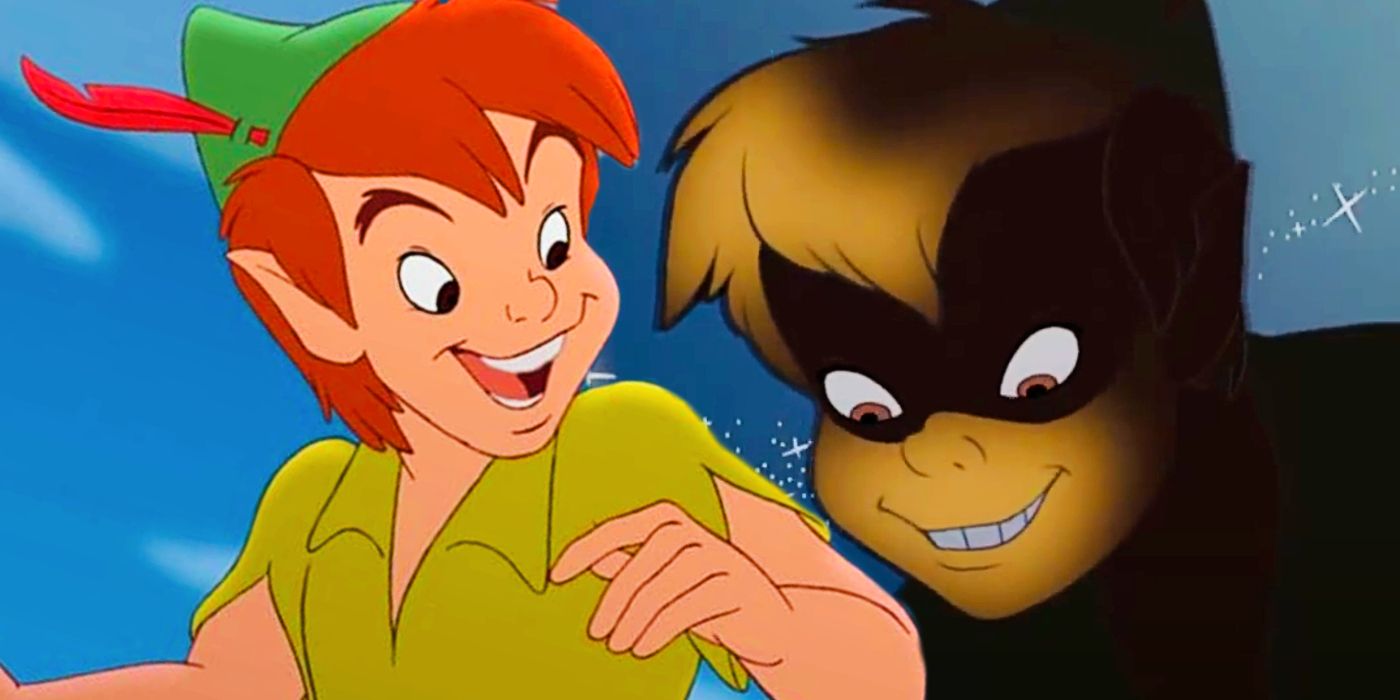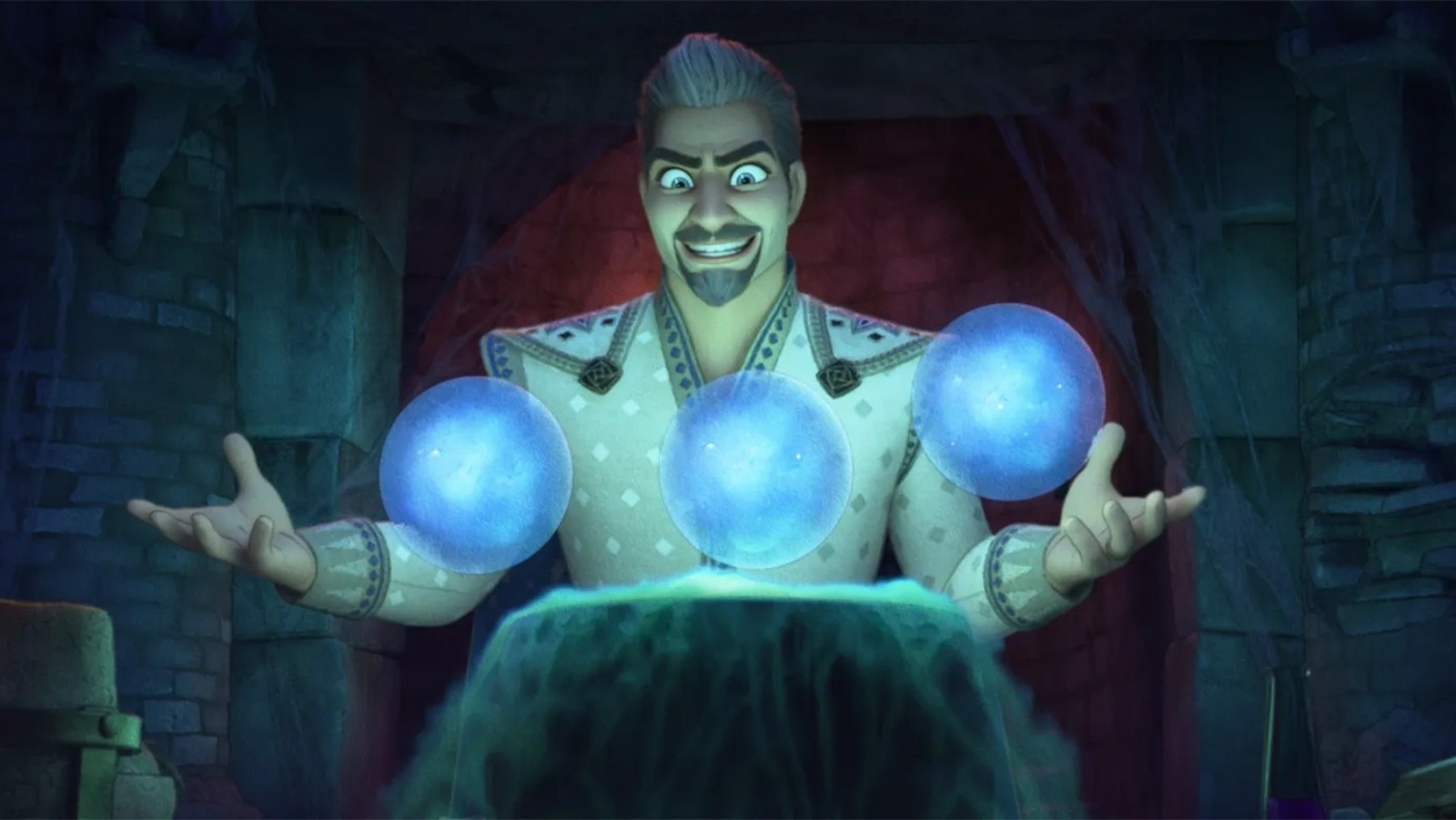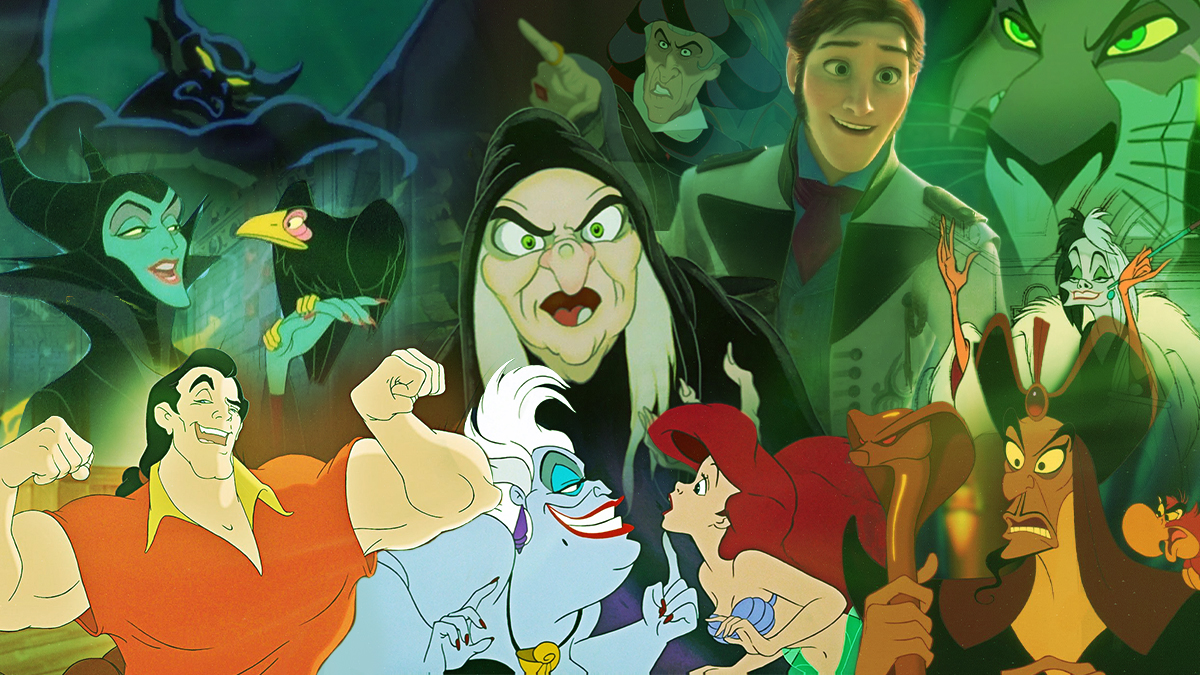




Villains in horror fiction and kids' movies have the power to evoke fear and create a lasting impact on audiences. Whether it's the demonic clowns and vengeful spirits in horror fiction or the deceptive characters and menacing villains in kids' movies, these characters captivate our imaginations and remind us of the darker side of human nature. In horror fiction, iconic villains like Pennywise the Clown from 'It', Freddy Krueger from 'A Nightmare on Elm Street', and Jason Voorhees from 'Friday the 13th' continue to haunt our nightmares [24b17cd0]. In kids' movies, villains like Judge Doom from 'Who Framed Roger Rabbit', Coraline's Other Mother from 'Coraline', and the Horned King from 'The Black Cauldron' have traumatized young viewers and left a lasting impression [2eca1b9e]. Disney's animated villains also play a significant role in captivating audiences. Villains like Ursula from 'The Little Mermaid', Jafar from 'Aladdin', and Scar from 'The Lion King' have become iconic and beloved characters, showcasing the artistic and visual elements that make them memorable [54374e53]. Overall, these villains remind us why we love to be scared and the power of imagination in storytelling.
In recent years, Disney has taken a different approach to its villains, portraying them as wounded outsiders with sympathetic backstories. However, a new film called 'Wish' has broken that trend by introducing King Magnifico, who is being hailed as Disney's first true villain in years [fe401e26]. Unlike other Disney villains, King Magnifico is wicked, selfish, and greedy. He hoards wishes and keeps his citizens destitute, with no redeeming qualities or sympathetic backstory. The film uses King Magnifico as a metaphor for corrupt leaders and explores the power imbalance between royalty and citizens. It also criticizes Disney's habit of monopolizing intellectual properties and not letting go of others' dreams. In a way, King Magnifico represents Disney itself, while the anthropomorphic wishing star in the film symbolizes the desire to let creators create.
The introduction of King Magnifico in 'Wish' showcases Disney's willingness to break away from the sympathetic villain archetype and embrace a more traditional and menacing antagonist. This departure has sparked discussions among fans and critics, with many praising the film for its bold portrayal of a truly villainous character. King Magnifico's portrayal reminds us of the power of villains in storytelling and their ability to captivate audiences [fe401e26].
However, Disney's classic villainous characters are not the only ones that have captured the imagination of audiences. A dark fan theory suggests that Disney's Peter Pan is a bloodthirsty villain who kills his own friends, the Lost Boys. The theory posits that Peter Pan serves as a magical, ageless tyrant in Neverland, thinning out the Lost Boys as they grow up. This theory paints Captain Hook in a more sympathetic light as Peter Pan's former friend turned resistive enemy [63367dc7]. Disney embraced the evil Peter Pan theory in their movie Chip 'n' Dale: Rescue Rangers. The theory originates from J.M. Barrie's original story, where Peter Pan is said to thin out the boys on the island as they grow up. While the theory may seem ludicrous, it is plausible and adds a dark layer of context to Disney's Peter Pan. Disney also capitalized on the idea of Peter Pan being a villain in the movie Chip 'n' Dale: Rescue Rangers. Other adaptations, such as Once Upon A Time and Peter Pan & Wendy, also lean into the evil Peter Pan theory. However, in Peter Pan & Wendy, Peter's behavior is attributed to stubbornness and selfishness rather than true evil. Outside the Disney family, there are other stories, such as Peter Pan: Neverland Nightmare, that explore the darker aspects of Peter Pan's character [63367dc7].
The impact and significance of villains in horror fiction, kids' movies, and Disney films continue to shape our understanding of storytelling. From the terrifying villains that haunt our nightmares to the complex and layered characters that challenge our perceptions, these villains remind us of the power of imagination and the enduring appeal of the darker side of human nature.